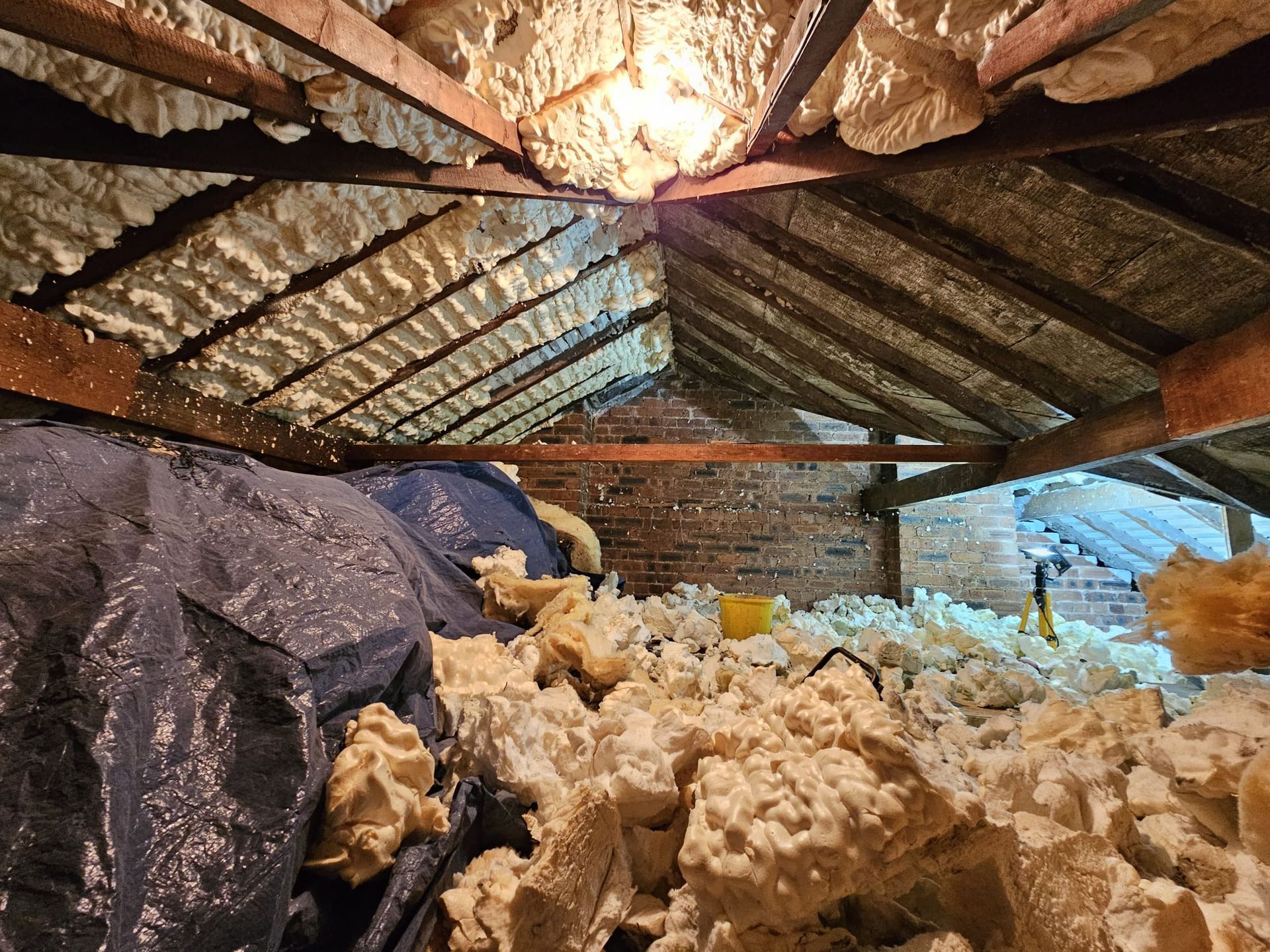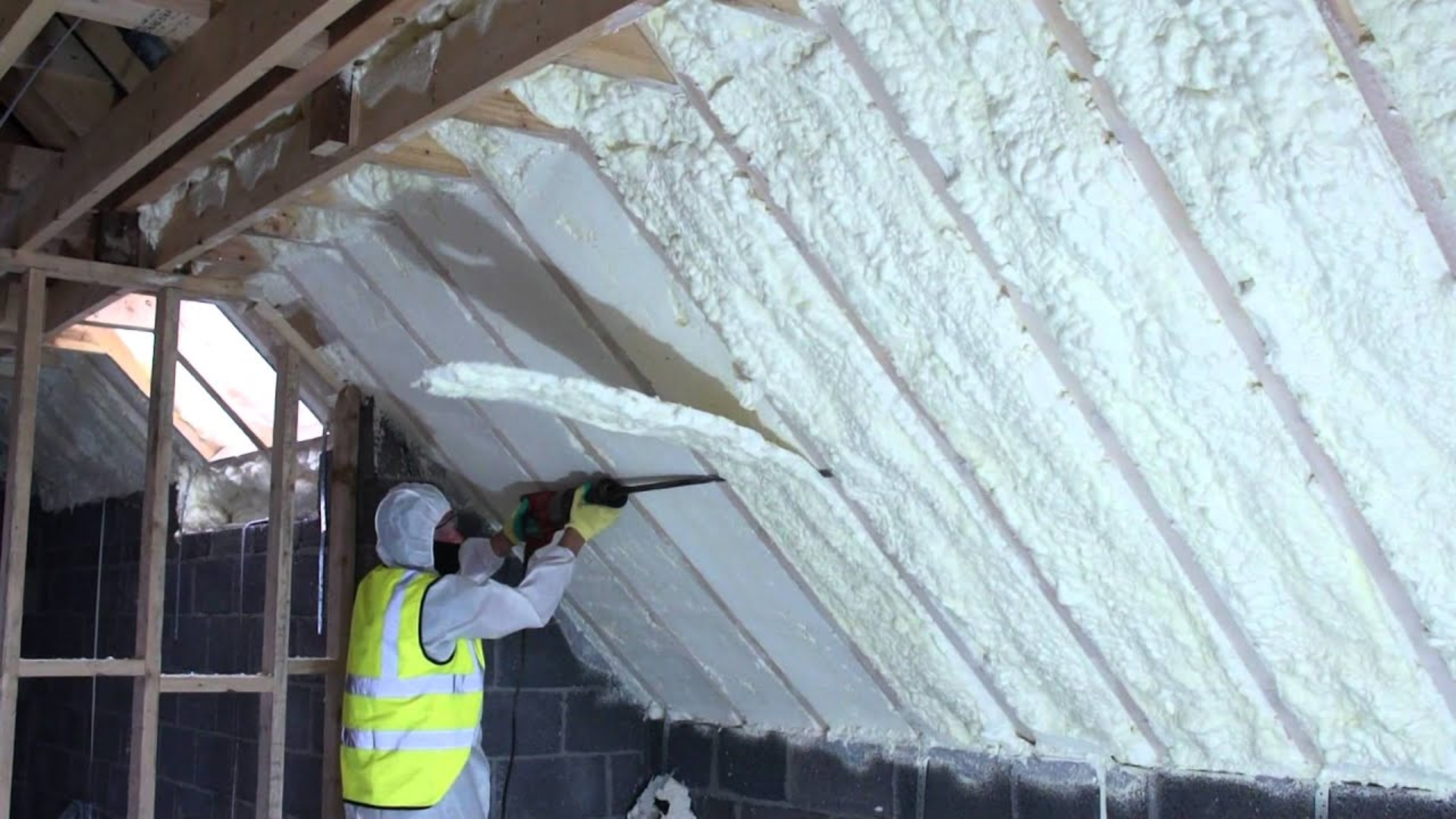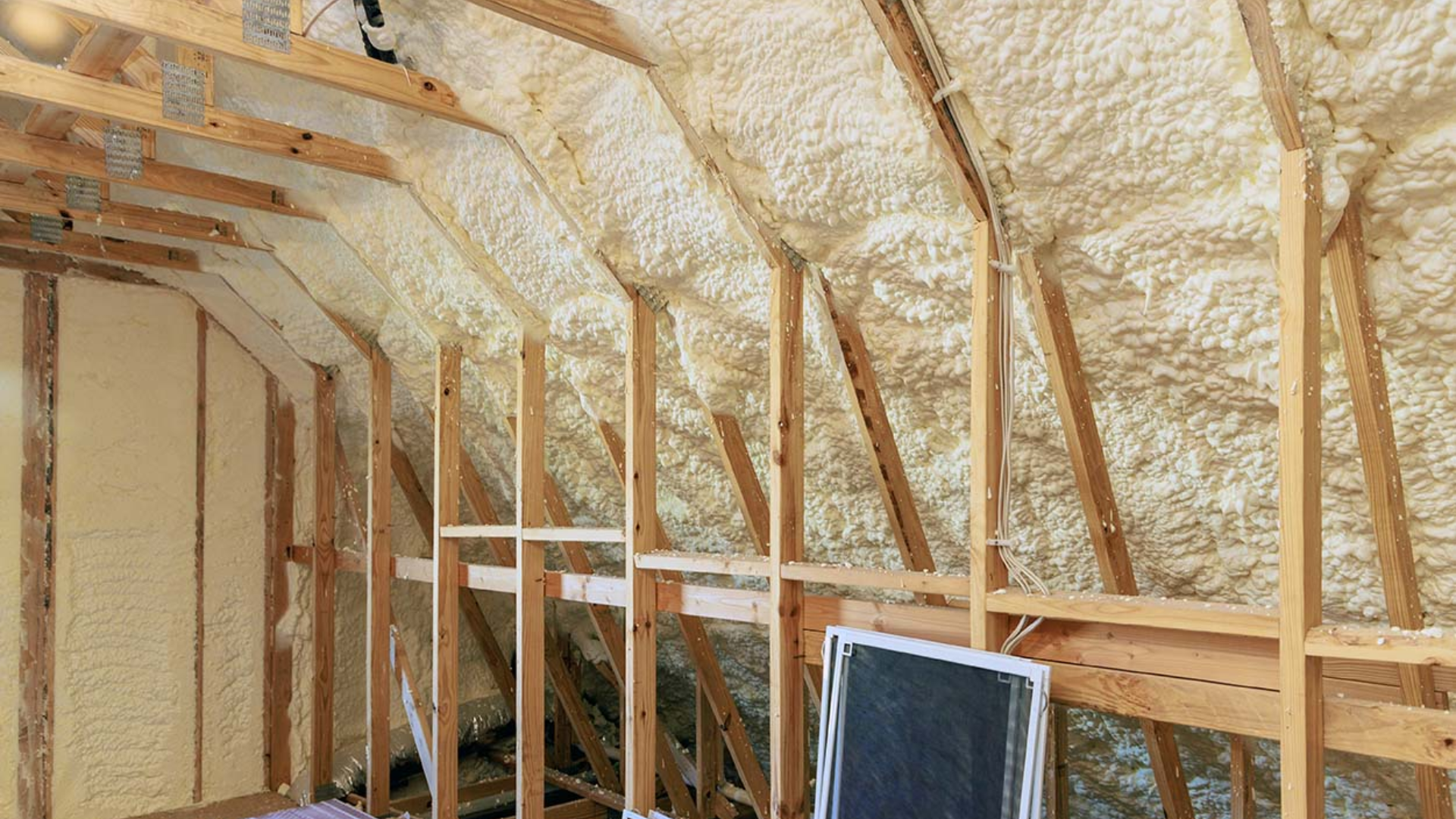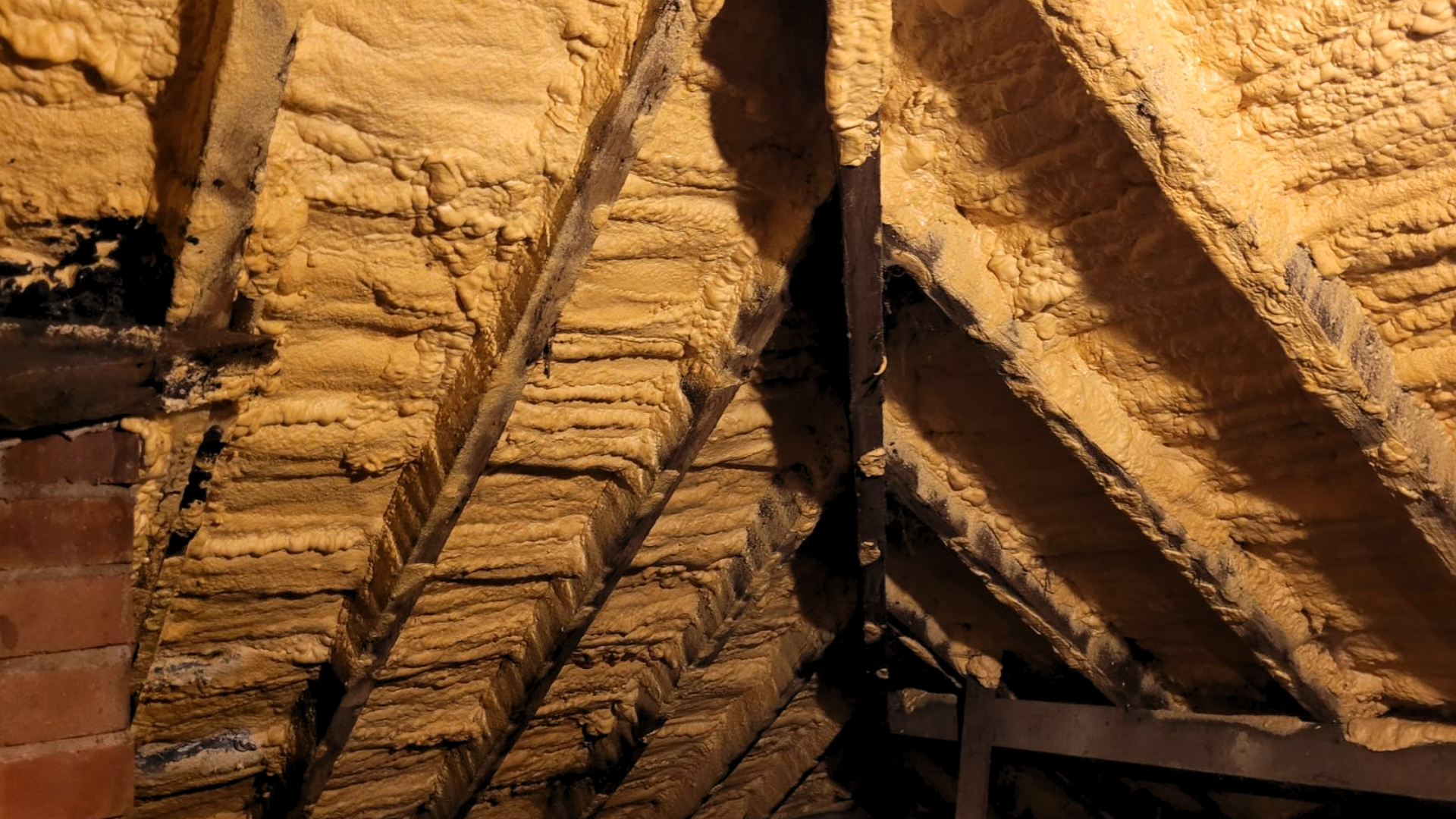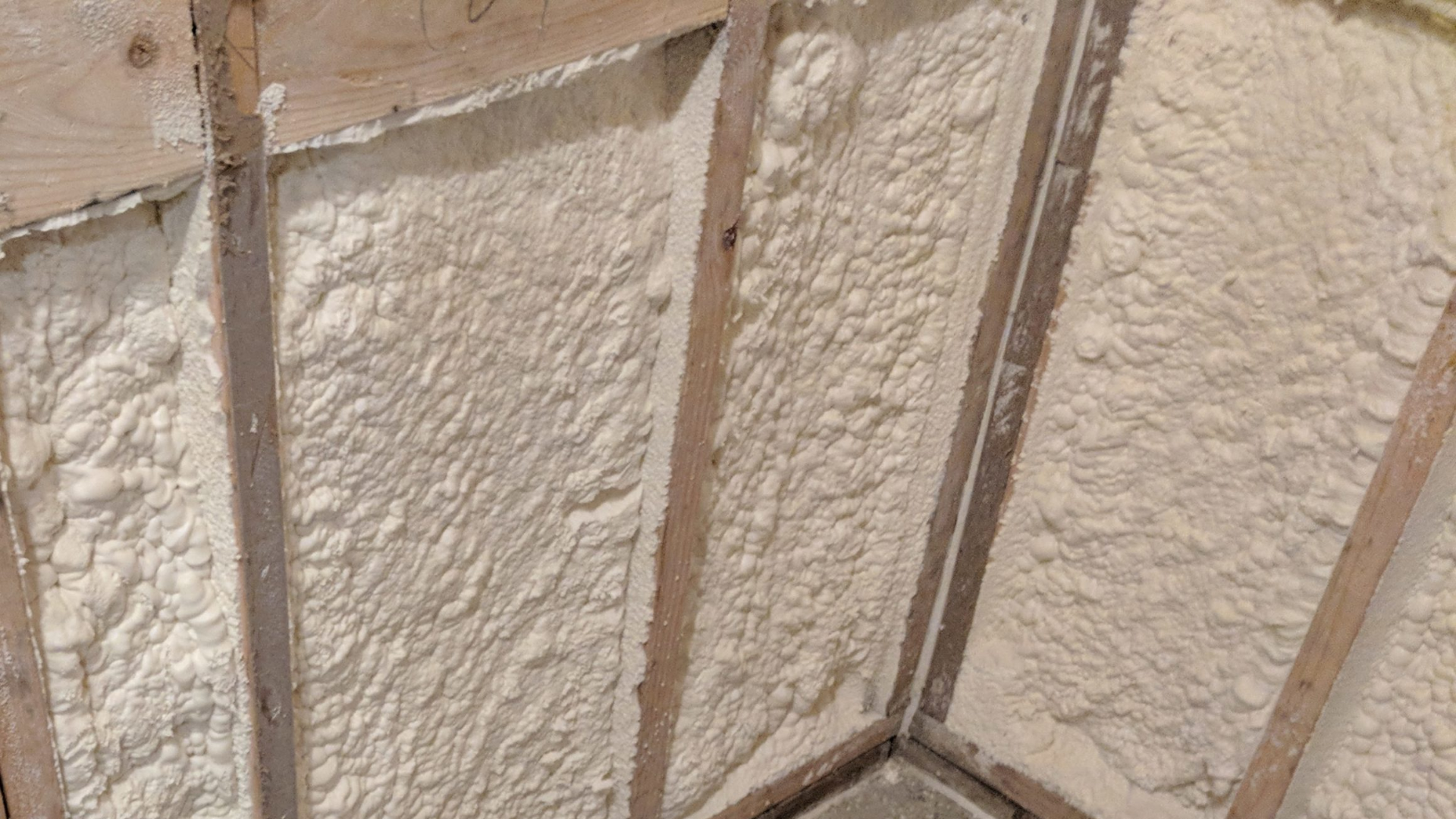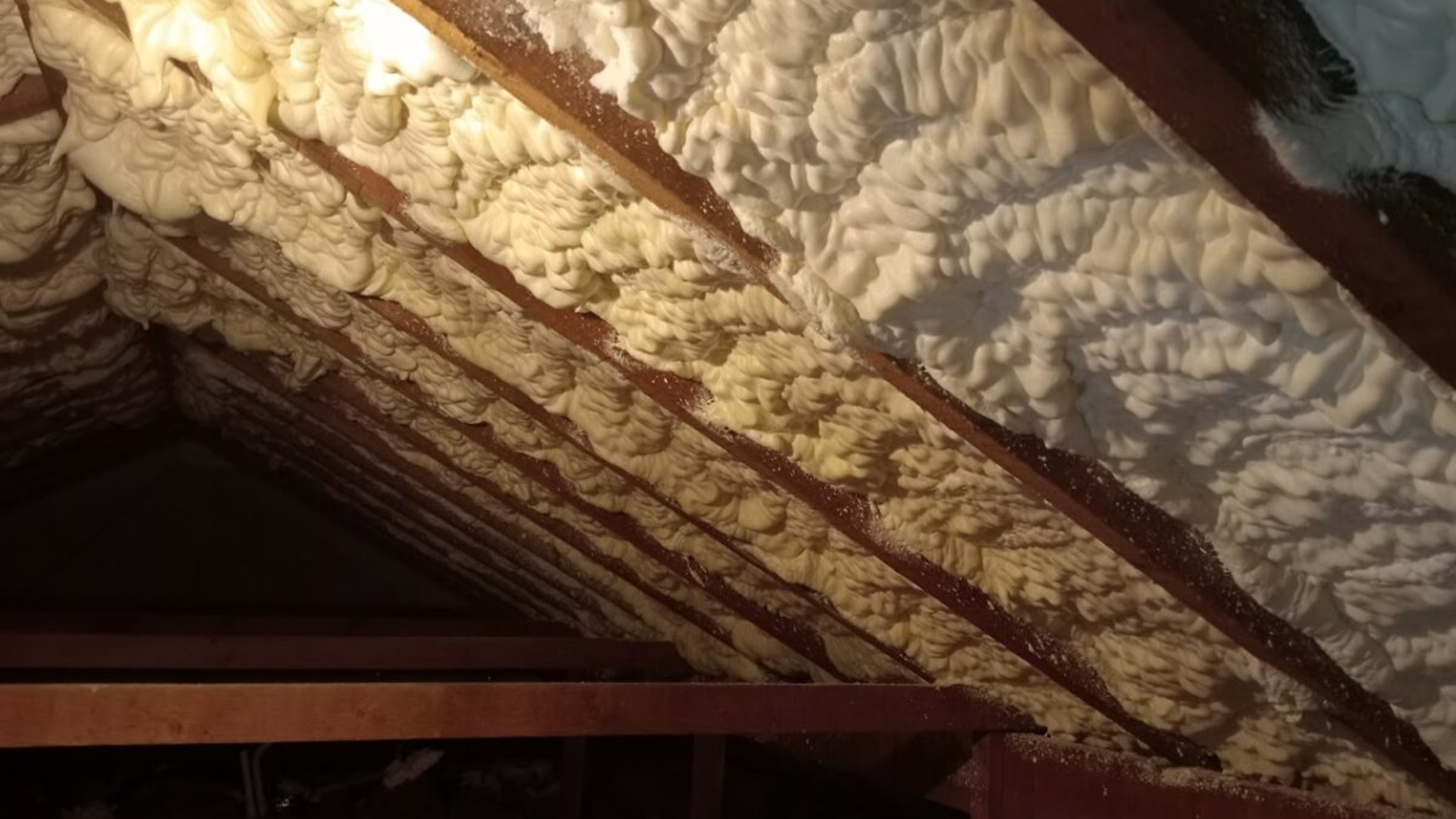Don't Get Trapped: Removing Spray Foam Safely and Swiftly
Safe spray foam removal methods
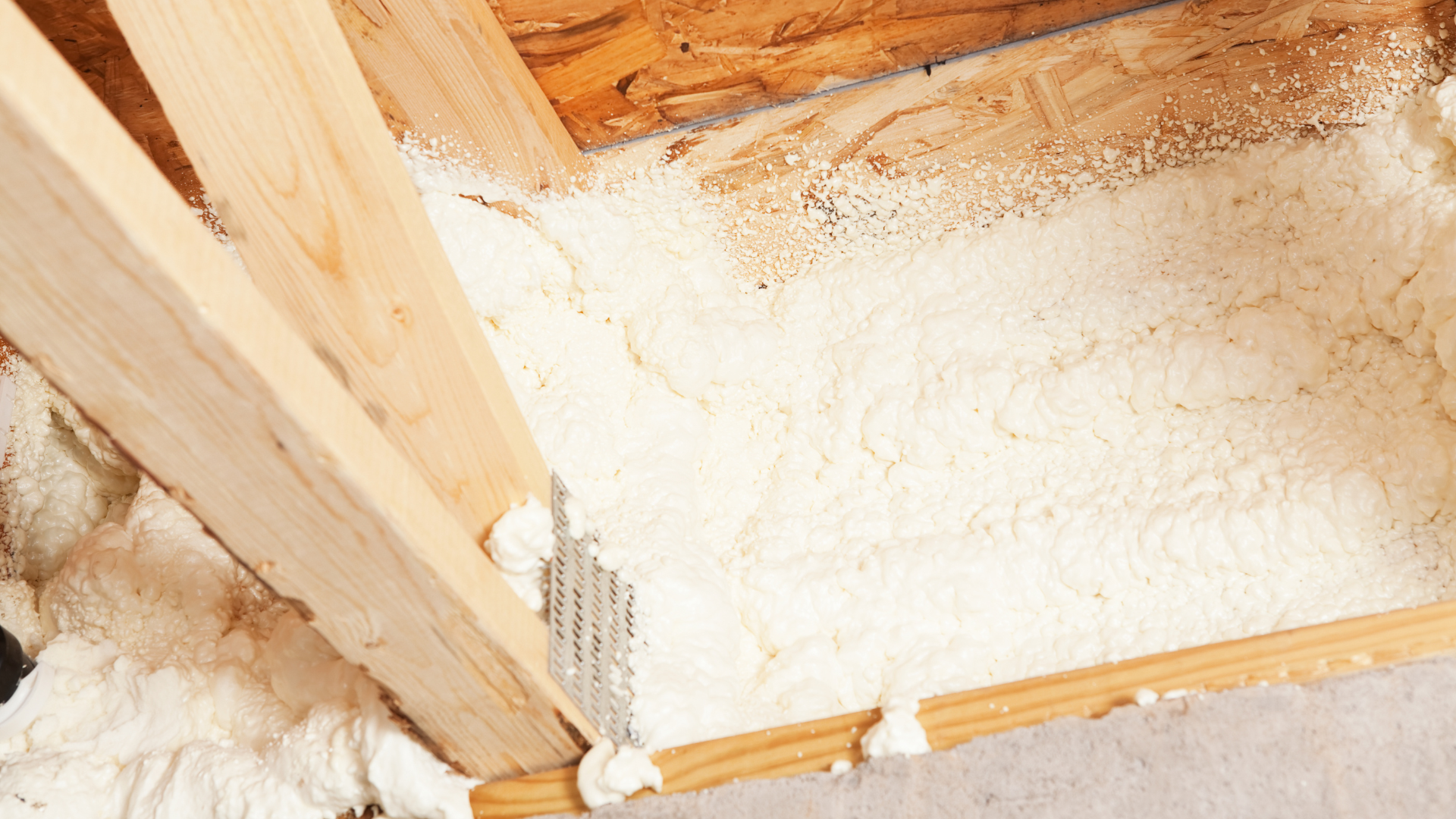
Welcome to Lofteaze, your trusted source for all things related to spray foam removal. In this article, we'll delve into the vital topic of safe spray foam removal methods. Whether you're dealing with an old insulation project or just need to make some changes, understanding the right way to remove spray foam and the reasons for this is crucial.
At Lofteaze, we're committed to ensuring that your spray foam removal is not only effective but also safe for you and the environment. Let's explore the best practices and methods for achieving this goal.
Understanding the Risks
The Hazards of Improper Spray Foam Removal
Removing spray foam insulation may seem like a straightforward task, but it comes with its own set of risks. Using improper methods can lead to various problems, including:
- Health Hazards: Incorrect removal can release harmful chemicals and particles into the air, leading to respiratory issues and skin irritation.
- Structural Damage: Aggressive removal methods can damage the underlying structures, leading to costly repairs.
- Environmental Impact: Improper disposal can harm the environment, as spray foam may not degrade naturally.
Our Commitment to Safety
At Lofteaze, we prioritise safety in every step of the spray foam removal process. Our experienced professionals are trained to minimise risks and ensure a secure removal experience.
Safe Spray Foam Removal Methods
Mechanical Removal
One of the most common methods for removing spray foam is mechanical removal. This involves physically scraping or cutting the foam away. Some key points to note include:
- Effective for Large Areas: Mechanical removal is ideal for larger areas where the foam needs to be removed in bulk.
- Precision Required: Care must be taken to avoid damaging the underlying surfaces.
Chemical Removal
Chemical removal involves the use of solvents or chemicals to break down the foam. Here's what you need to know:
- Selective Use: This method is best suited for specific applications as it may not be suitable for all foam types.
- Professional Guidance: Lofteaze recommends professional assistance when using chemical removal methods to ensure safety.
Thermal Removal
Thermal removal involves the controlled application of heat to melt the foam. Key considerations include:
- Precision Required: This method requires careful control of temperature to prevent damage.
- Eco-Friendly Option: Thermal removal is often an eco-friendly choice as it doesn't involve chemicals.
DIY vs. Professional Removal
Pros and Cons of DIY Removal
While some individuals may attempt DIY spray foam removal, it's essential to weigh the pros and cons:
- Cost Savings: DIY removal may be cost-effective initially.
- Safety Risks: Lack of experience can lead to accidents or health risks.
Why Lofteaze Recommends Professional Assistance
We believe that professional assistance is the safest way to go. Here's why:
- Expertise: Our professionals are trained and experienced in spray foam removal.
- Safety: We prioritise safety and use the right equipment to protect you and your property.
A Personal Anecdote
I recently heard from a homeowner who attempted DIY spray foam removal and ended up damaging their attic's wooden beams. This incident underscores the importance of professional guidance to prevent such costly mishaps.
Step-by-Step Guide to Safe Spray Foam Removal
Preparing for Removal
Before starting the removal process, ensure you have the following:
- Safety gear, including gloves, goggles, and a respirator.
- Protective clothing to prevent foam particles from sticking to your skin.
- Adequate ventilation in the workspace.
The Removal Process
- Assessment: Examine the foam to determine its type and condition.
- Mechanical Removal: If applicable, start with mechanical removal using tools like a saw or scraper.
- Chemical Removal: If needed, use a recommended chemical solvent sparingly and follow safety guidelines.
- Thermal Removal: If appropriate, apply heat in a controlled manner to melt and remove the foam.
- Post-Removal Cleanup: Clean the area thoroughly to remove any remaining particles.
Equipment and Safety Gear
To ensure a safe removal process, make sure you have the following equipment and safety gear:
- Foam removal tools (saws, scrapers, etc.).
- Appropriate solvents (if using chemical removal).
- Heat source (if using thermal removal).
- Dust masks, gloves, goggles, and protective clothing.
At Lofteaze, we offer high-quality removal equipment and safety gear to make your job easier and safer.
Post-Removal Cleanup and Disposal
Post-Removal Cleanup
After removing the spray foam, it's crucial to clean the area thoroughly:
- Use a vacuum cleaner with a HEPA filter to collect any foam particles.
- Wipe down surfaces to remove residue.
- Ensure proper ventilation to clear any remaining fumes.
Environmentally Responsible Disposal
Proper disposal is essential to protect the environment. At Lofteaze, we take environmental responsibility seriously:
- We ensure foam waste is disposed of in an eco-friendly manner.
- Recycling options are explored whenever possible to reduce waste.
Conclusion
In conclusion, safe spray foam removal is essential to protect your health, property, and the environment. Lofteaze is your trusted partner in achieving this goal, offering expert guidance and services.
Ready to safely remove your spray foam insulation? Contact Lofteaze today for expert consultation and assistance. Your safety and satisfaction are our top priorities. Visit our contact page to get started on your removal project today.
Book an appointment


